Home>Interior Design>How Do Acoustic Panels Work
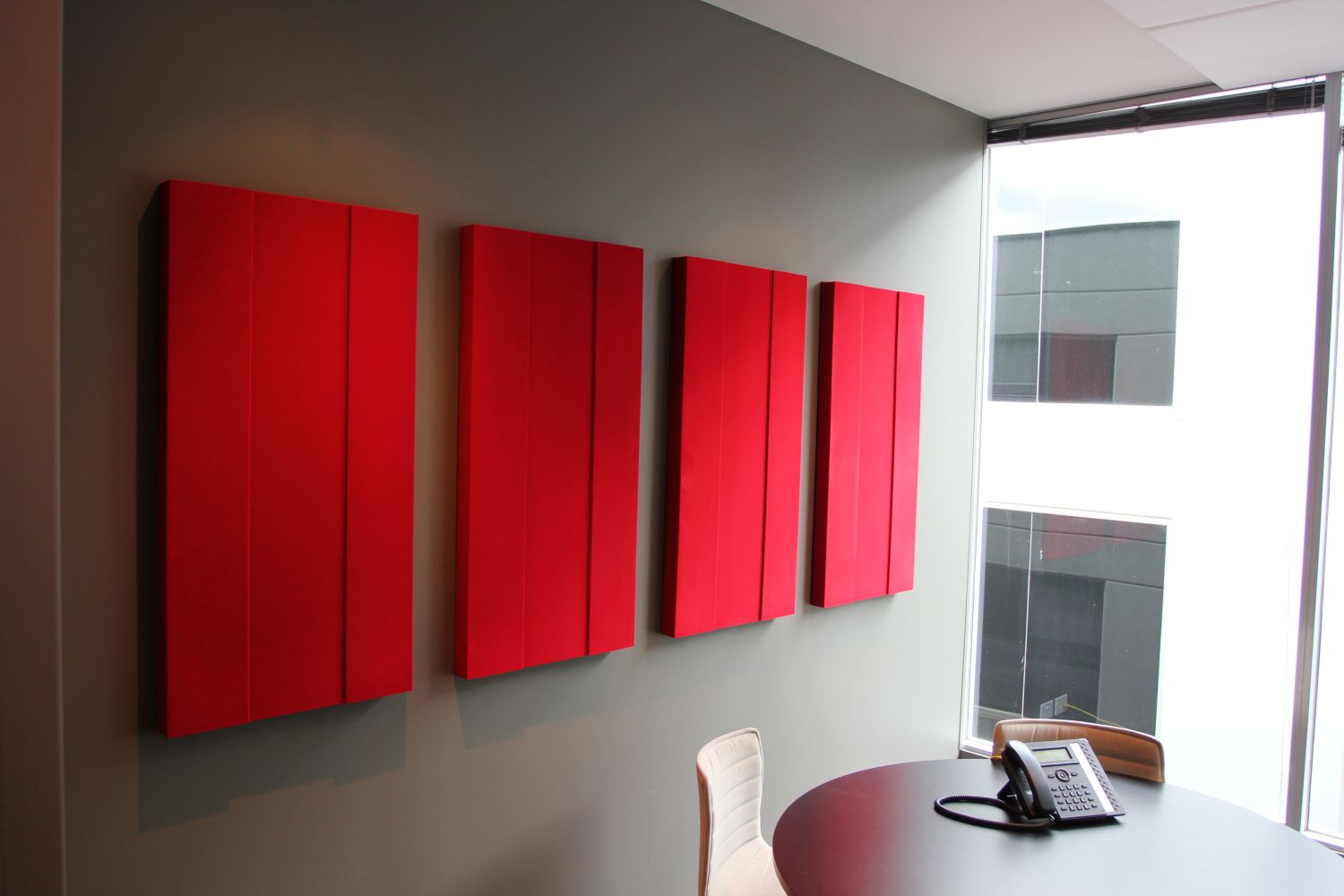

Interior Design
How Do Acoustic Panels Work
Modified: March 16, 2024
Discover how acoustic panels work and improve the interior design of your space. Enhance sound quality and reduce noise with effective acoustic solutions.
(Many of the links in this article redirect to a specific reviewed product. Your purchase of these products through affiliate links helps to generate commission for Storables.com, at no extra cost. Learn more)
Introduction
Welcome to the world of interior design, where aesthetics meet functionality. If you’ve ever walked into a room and felt a sense of peace and tranquility, chances are, that space has been carefully crafted with acoustic panels to enhance the sound quality and overall ambiance.
Acoustic panels are an integral part of interior design, especially in spaces such as recording studios, concert halls, offices, and even homes. They play a crucial role in improving the acoustics of a room and creating a comfortable environment for its occupants.
In this article, we will explore how acoustic panels work, delve into their construction and composition, and discuss the benefits they offer. We will also touch on the different types of acoustic panels available and provide guidance on their installation and placement.
So, let’s dive into the world of sound and design, and discover the fascinating world of acoustic panels.
Key Takeaways:
- Acoustic panels absorb, scatter, and reduce sound to create a peaceful and clear environment. They enhance speech clarity, reduce distractions, and improve concentration in spaces like offices and home theaters.
- Different types of acoustic panels offer customizable solutions for sound control. From fabric-wrapped panels to bass traps, they cater to specific sound absorption and diffusion needs, contributing to a balanced and enjoyable sound experience.
Read more: What Are Acoustic Panels
What Are Acoustic Panels?
Acoustic panels, also known as sound-absorbing panels, are designed to control and manipulate the way sound behaves in a space. They are specialized panels that are strategically placed on walls, ceilings, or any flat surface in a room to absorb, diffuse, and reduce unwanted noise.
These panels are made from various materials, such as foam, fabric, wood, or fiberglass, and are available in a range of shapes, sizes, and designs to suit different aesthetic preferences. Acoustic panels are not only functional but can also be visually appealing, adding a touch of elegance to any interior space.
The main purpose of acoustic panels is to improve the overall sound quality in a room. They address three main aspects of sound management: sound absorption, sound reflection, and sound transmission.
Sound Absorption: Acoustic panels are primarily used to absorb sound waves and reduce echo, reverberation, and unwanted noise in a room. They do this by capturing sound energy and converting it into heat energy through various methods, such as porous materials or specially designed surfaces. This helps to create a more suitable acoustic environment for activities such as recording, listening to music, or simply conversing with others without any distractions or disturbances.
Sound Reflection: In addition to absorbing sound, acoustic panels also help to control sound reflections within a space. When sound waves hit a hard, smooth surface, like a wall or floor, they bounce back, causing reflections that can interfere with the original sound. Acoustic panels with specialized surfaces or structures are designed to scatter or diffuse these reflections, preventing them from interfering with the intended sound source. This results in a more balanced, natural, and immersive listening experience.
Sound Transmission: Acoustic panels also play a role in reducing sound transmission between different spaces. They can help isolate noise from one area to another, making it ideal for shared living spaces, offices, or buildings with different purposes. By blocking or absorbing sound energy, these panels minimize sound leakage, ensuring privacy and reducing distractions.
Overall, acoustic panels are a powerful tool in creating optimal acoustic environments. They not only enhance the sound quality of a room but also contribute to the overall comfort and well-being of its occupants by creating a peaceful and serene atmosphere.
Sound Absorption
One of the key functions of acoustic panels is sound absorption. Sound absorption refers to the ability of a material to absorb sound energy rather than reflecting it back into the room. This absorption helps to reduce echoes, reverberation, and unwanted noise, resulting in a more controlled and pleasant acoustic environment.
Acoustic panels achieve sound absorption through their unique construction and choice of materials. These panels are typically made with porous materials that have high sound-absorbing properties. Common materials used include foam, fiberglass, mineral wool, and acoustic fabric.
When sound waves reach the surface of an acoustic panel, they penetrate the porous material and encounter a series of intricate pathways. The sound waves travel through these pathways, and as they do so, the porous nature of the material causes friction between the sound waves and the panel. This friction converts the sound energy into heat energy, effectively reducing the intensity of the sound.
The effectiveness of sound absorption is determined by the panel’s thickness, density, and surface area. Thicker panels tend to absorb more sound energy, while denser materials offer better absorption in low-frequency sounds. The overall surface area of the panels also influences their absorption capabilities.
It’s important to note that different materials and panel designs offer varying levels of sound absorption across different frequency ranges. Manufacturers provide information on the Noise Reduction Coefficient (NRC) and Sound Absorption Average (SAA) ratings to help users choose the right acoustic panels based on their specific needs.
Acoustic panels with high-absorption properties are particularly beneficial in spaces where speech intelligibility and clarity are important, such as conference rooms, classrooms, or recording studios. By reducing echoes and reverberation, these panels enhance speech clarity, improve communication, and minimize distractions.
Additionally, sound absorption is crucial in creating a comfortable and productive work environment. In office spaces, excessive background noise and reverberation can lead to decreased concentration, increased stress, and reduced productivity. Acoustic panels help to mitigate these issues by absorbing sound energy, resulting in a quieter and more conducive workspace.
By controlling sound absorption, acoustic panels offer a practical solution for improving the acoustic qualities of a room and contributing to enhanced comfort, productivity, and overall well-being.
Sound Reflection
In addition to sound absorption, acoustic panels also play a crucial role in managing sound reflections within a space. Sound reflection refers to the bouncing back of sound waves when they encounter a hard, smooth surface such as walls, floors, or ceilings. These reflections can result in unwanted echoes, distortion, and a lack of clarity in the sound.
Acoustic panels are designed to address this issue by controlling and redirecting sound reflections. They feature specialized surfaces or structures that scatter or diffuse the incoming sound waves, preventing them from bouncing back in a concentrated manner.
Different types of acoustic panels utilize various techniques to manage sound reflections. Here are a few common approaches:
- Perforated Panels: These panels feature small holes or perforations on their surface. When sound waves hit these perforations, they enter into the panel and encounter absorptive material behind it. This allows the panel to scatter and absorb sound energy simultaneously, reducing the intensity of reflections and enhancing sound clarity.
- Diffusion Panels: Diffusion panels are designed to scatter sound waves in different directions, effectively breaking up the reflections. They have unique surface structures, such as ridges, grooves, or irregular shapes, that manipulate the path of the sound waves, preventing them from bouncing back in a focused manner. This diffusion process results in a more balanced and natural sound environment.
- Resonance Absorption Panels: These panels combine sound absorption and the principle of resonance to control sound reflections. Resonance absorption panels consist of a perforated front surface, an air cavity, and a backplate. When sound waves hit the panel, they enter the perforations and create resonance within the air cavity. This resonance helps to absorb the sound energy while also reducing the intensity of reflections.
The effectiveness of sound reflection control depends on factors such as the placement and quantity of acoustic panels, as well as the design of the room and its furnishings. By strategically positioning panels on the walls, ceiling, or other reflective surfaces, it is possible to minimize the impact of sound reflections and create a more balanced sound environment.
Sound reflection management is essential in spaces where accurate sound reproduction and clarity are crucial. Recording studios, home theaters, performance venues, and music rooms all benefit from effectively controlling sound reflections. By managing reflections, acoustic panels eliminate unwanted coloration and ensure the accurate reproduction of sound, enhancing the overall listening or performance experience.
In summary, acoustic panels are not only effective in absorbing sound energy but also in managing sound reflections within a space. Through their specialized designs and materials, these panels scatter and diffuse sound waves, resulting in a more balanced and natural sound environment.
Sound Transmission
When it comes to creating a quiet and peaceful environment, managing sound transmission is essential. Sound transmission refers to the movement of sound waves from one space to another through various mediums, such as walls, floors, or ceilings. Unwanted sound transmission can lead to disturbances, privacy issues, and reduced comfort.
Acoustic panels are not only effective in absorbing and controlling sound within a room but also play a role in reducing sound transmission to neighboring areas. By blocking or absorbing sound energy, they help to isolate noise and minimize its propagation.
One common method used to reduce sound transmission is the use of dense and thick materials in the construction of acoustic panels. These materials, such as fiberglass or mineral wool, provide a high mass per unit area, which effectively blocks sound waves from traveling through them. As a result, sound transmission is significantly reduced, providing a quieter environment for both the occupants of the room and adjacent spaces.
Another technique employed by acoustic panels is to mitigate sound transmission through absorption. When sound waves hit an acoustic panel, they are partially absorbed and converted into heat energy. As a result, the energy and intensity of the sound waves are reduced, making it less likely for them to transmit to other areas. This absorption mechanism helps to create a more contained sound environment and prevents noise leakage to surrounding spaces.
Acoustic panels can be particularly beneficial in shared living spaces or buildings with multiple tenants. By incorporating these panels in walls or ceilings, they act as a barrier, minimizing the transfer of sound between residential units, offices, or entertainment areas. This ensures privacy, reduces distractions, and enhances the overall comfort for everyone involved.
It’s important to note that while acoustic panels can help reduce sound transmission, they may not completely eliminate it, especially in cases of excessive noise or gaps in construction. It is recommended to consult with professionals and consider a comprehensive approach to sound control, which may include additional measures such as soundproofing materials, proper construction techniques, and sealing any potential sources of sound leakage.
By effectively managing sound transmission, acoustic panels provide an invaluable solution for maintaining a peaceful and comfortable environment. Whether it’s in residential spaces, offices, or commercial buildings, the incorporation of acoustic panels helps to ensure a more enjoyable and uninterrupted experience for everyone.
Read more: How To Build Acoustic Panels
Construction and Composition of Acoustic Panels
Acoustic panels are designed with specific materials and construction techniques to optimize their sound-absorbing and sound-controlling capabilities. The choice of materials, as well as the design and composition of the panels, greatly impact their performance and effectiveness. Let’s explore the different elements that make up acoustic panels:
- Core Material: The core material of an acoustic panel is a crucial component that determines its sound absorption qualities. Common core materials include fiberglass, mineral wool, foam, or a combination of these. Fiberglass and mineral wool are dense and provide excellent sound absorption across a wide frequency range. Foam, on the other hand, offers good absorption for higher frequencies. The selection of the core material depends on the specific requirements of the space and the desired sound characteristics.
- Surface Material: The surface material of an acoustic panel not only adds to its visual appeal but also influences its ability to scatter or diffuse sound reflections. Fabrics, such as polyester or microfiber, are commonly used for their sound transparency and aesthetic appeal. Perforated panels may feature a fabric cover or a specialized paint finish that balances sound absorption and diffusion properties. The surface material should be breathable and allow sound waves to pass through to interact with the core material effectively.
- Frame and Backing: The frame and backing of an acoustic panel provide structural support and aid in its installation. The frame is typically made from a lightweight and rigid material, such as aluminum, steel, or wood. The backing, located at the rear of the panel, helps to enhance the panel’s rigidity and improve its sound-absorbing properties. It also serves as a barrier, preventing sound from escaping through the back of the panel.
The construction of acoustic panels is carefully designed to maximize sound absorption while maintaining durability and aesthetics. The panels are often manufactured with specific dimensions, thicknesses, and densities that contribute to their overall performance. The edges of the panels may be beveled or shaped to minimize sound diffraction and improve their effectiveness in controlling sound reflections.
Manufacturers may offer a range of customization options for acoustic panels, allowing customers to choose the size, shape, and color that best suits their design and acoustic needs. Customized panels can be created to fit specific architectural requirements or to accommodate unique design preferences.
When selecting acoustic panels, it is important to consider the specifications provided by manufacturers, such as the Noise Reduction Coefficient (NRC) or Sound Absorption Average (SAA) rating. These ratings indicate the panel’s performance in absorbing sound across different frequencies. It is advisable to choose panels with higher ratings for spaces where sound clarity and control are of utmost importance.
With their specialized construction and thoughtful composition, acoustic panels offer an effective tool for managing sound in various environments. By selecting the right materials and construction techniques, these panels provide both functional benefits and contribute to the aesthetics of the space they are installed in.
Acoustic panels work by absorbing sound waves, reducing echo and reverberation in a space. They are made of materials that dampen sound, such as foam or fabric, and can be strategically placed to improve the acoustics of a room.
Working Mechanism of Acoustic Panels
Acoustic panels work based on the principles of sound absorption, sound reflection control, and sound transmission reduction. Understanding the working mechanism of acoustic panels can help in appreciating their role in optimizing sound quality within a given space.
When sound waves enter a room, they interact with the surfaces present, such as walls, floors, and ceilings. The sound waves can either be absorbed, reflected, or transmitted through these surfaces. Acoustic panels are designed with the specific purpose of manipulating these interactions to improve the overall acoustics of a room.
Sound absorption is achieved through the use of porous materials that make up the core of the panels. When sound waves hit the panel’s surface, they penetrate into the porous material where they encounter a network of small interconnected air pockets. As the sound waves travel through these air pockets, they experience repeated collisions with the walls of the porous material, resulting in the conversion of sound energy into heat energy. This absorption process reduces the intensity of the sound waves and helps to control echoes, reverberation, and unwanted noise in the room.
In addition to sound absorption, acoustic panels also control sound reflections within a space. When sound waves hit a hard and smooth surface, such as a wall, they bounce off and create reflections that can interfere with the clarity and intelligibility of the sound. Acoustic panels with specialized surfaces or structures scatter or diffuse these reflections, breaking up their paths and preventing them from bouncing back in a concentrated manner. This diffusion process results in a more balanced and natural sound environment, enhancing sound quality and reducing potential issues caused by reflections.
Furthermore, acoustic panels contribute to reducing sound transmission from one space to another. They help isolate noise by either blocking or absorbing sound energy, preventing it from traveling through walls, floors, or other structural elements. Acoustic panels can be particularly effective in shared living spaces, offices, or buildings with multiple rooms, ensuring privacy and minimizing disruptions between different areas.
It’s important to note that the working mechanism of acoustic panels is influenced by factors such as the materials used, the thickness and density of the panels, and their placement within a room. Different types of panels offer varying levels of sound absorption, reflection control, and transmission reduction, allowing for customization based on specific needs and desired acoustic outcomes.
By employing these working mechanisms, acoustic panels significantly improve the acoustics of a space by absorbing and controlling sound waves, reducing echoes, enhancing sound clarity, and enhancing overall comfort and enjoyment in various environments.
Benefits of Acoustic Panels
Acoustic panels offer numerous benefits when incorporated into interior spaces. These panels are not only visually appealing but also serve a crucial role in creating an optimal acoustic environment. Let’s explore some of the key benefits of using acoustic panels:
- Improved Sound Quality: Acoustic panels work by absorbing sound energy and controlling sound reflections. This results in enhanced clarity, reduced echoes, and improved speech intelligibility. Whether you’re in a recording studio, conference room, or home theater, acoustic panels help to create a more balanced and enjoyable sound experience.
- Reduction of Unwanted Noise: Excessive background noise and unwanted noise distractions can be detrimental to productivity and relaxation. Acoustic panels help to absorb and reduce the intensity of unwanted noise, creating a quieter and more peaceful environment. This is especially important in office spaces, educational institutions, and residential areas where noise disturbances can impact everyday activities.
- Enhanced Privacy: Acoustic panels aid in sound isolation and reduce sound transmission between different areas. By minimizing noise leakage, they create a sense of privacy and prevent conversations or activities from being overheard. This is particularly beneficial in open-concept workspaces, shared living spaces, or buildings with multiple tenants.
- Aesthetically Pleasing: Acoustic panels are available in a variety of shapes, sizes, and colors, allowing them to seamlessly integrate into any interior design scheme. They can be customized to match the decor and create a visually appealing environment. Some panels even offer fabric coverings with patterns or artwork, adding a touch of elegance and style to the space.
- Improved Concentration and Focus: Excessive noise and echoes can hinder concentration and productivity. By reducing background noise and controlling sound reflections, acoustic panels create a more focused and conducive environment for work, study, or any activity that requires concentration and attention to detail.
- Safe and Eco-Friendly: Many acoustic panels are made from sustainable and eco-friendly materials, such as recycled content or low-emission foams. These panels are safe for indoor use and contribute to a healthy living or working environment.
Considering these benefits, it’s evident that acoustic panels offer more than just sound control. They contribute to the overall comfort, well-being, and functionality of a space. Whether it’s in residential homes, commercial establishments, or educational institutions, the integration of acoustic panels provides a range of advantages, making them an indispensable element in interior design and sound management.
Types of Acoustic Panels
Acoustic panels come in a variety of types, each designed to cater to specific sound control needs and aesthetic preferences. Understanding the different types of acoustic panels available can help in selecting the most suitable option for your space. Let’s explore some of the common types:
- Fabric-Wrapped Panels: These panels consist of a core material, such as fiberglass or mineral wool, which is wrapped in an acoustic fabric. Fabric-wrapped panels are versatile and widely used due to their excellent sound absorption properties and customizable aesthetics. They are available in various sizes, shapes, colors, and fabric choices, allowing for seamless integration into any interior design scheme.
- Foam Panels: Foam panels are made from acoustic foam that has special sound-absorbing properties. They are lightweight, affordable, and easy to install. Foam panels are commonly used in home studios, offices, and small-scale applications where sound absorption is desired. However, it’s important to note that foam panels have limited effectiveness in low-frequency sound absorption.
- Perforated Panels: Perforated panels are designed with small holes or perforations on their surface. These perforations allow sound waves to enter the panel and interact with the sound-absorbing material behind it. Perforated panels provide a balance between sound absorption and sound diffusion, making them suitable for spaces where both clarity and control of reflections are required, such as auditoriums or concert halls.
- Wooden Panels: Wooden panels offer a combination of sound absorption and aesthetic appeal. They are commonly made from solid wood or wood-based materials, such as veneers or laminates. Wooden panels are versatile and can be customized to match various design styles. They are often used in spaces where a warm and natural aesthetic is desired, such as restaurants, hotels, or conference rooms.
- Bass Traps: Bass traps are specialized acoustic panels designed to address low-frequency sound issues. They are typically placed in corners of a room where low-frequency soundwaves tend to accumulate. Bass traps absorb and dissipate these low-frequency waves, preventing bass buildup and creating a more balanced sound environment. They are commonly used in recording studios, home theaters, and music practice rooms.
These are just a few examples of the types of acoustic panels available in the market. Each type serves a specific purpose and offers different levels of sound absorption and control. When choosing acoustic panels, it’s important to consider the acoustics of the space, the desired sound outcomes, and the overall aesthetic requirements.
It’s worth noting that some manufacturers may offer customizable options, allowing for a combination of different materials, shapes, and designs to meet specific needs. Consulting with acoustic experts or interior designers can provide valuable guidance to ensure the selection of the most suitable type of acoustic panels for your space.
Read more: How To Hang Acoustic Panels On The Ceiling
Installation and Placement of Acoustic Panels
Proper installation and placement of acoustic panels are crucial to achieving optimal sound control and maximizing their effectiveness. Here are some guidelines to consider when installing and placing acoustic panels:
- Identify Problematic Areas: Begin by identifying the areas in the room where sound control is most needed. These may include the walls, ceiling, or corners where reflections are prominent, or areas where sound transmission is occurring. Understanding the specific acoustic challenges in your space will guide you in determining where to place the acoustic panels.
- Calculate Panel Quantity: Calculate the number of panels needed based on the size of the room, the desired level of sound control, and the absorption capabilities of the panels. Manufacturers often provide guidelines or recommendations on the panel quantity based on the room dimensions and the desired sound objectives. Consider a balanced distribution of panels throughout the space to achieve a more uniform sound environment.
- Spacing and Coverage: When placing acoustic panels on walls, it’s important to avoid clustering them together, as this can create uneven sound absorption. Instead, aim for an even distribution of panels across the surface, leaving some space between each panel. For ceiling installations, consider covering at least 30-40% of the ceiling area to effectively control reflections and reverberation.
- Consider Room Boundaries: Pay attention to the corners of the room, as they tend to accumulate low-frequency sound. Placing bass traps or specially designed corner panels in these areas can help reduce bass buildup and improve overall sound balance. Additionally, consider installing panels on doors or windows to minimize sound transmission and improve isolation.
- Mounting Techniques: Depending on the type of acoustic panel, there are various mounting options available. Fabric-wrapped panels can be mounted directly onto the wall using adhesives, or they can be installed on mounting brackets for a more flexible arrangement. Perforated panels or wooden panels might require a secure wall mounting system. Follow the manufacturer’s instructions for the specific installation guidelines and best practices.
- Consider Room Functionality: Keep in mind the functionality and purpose of the room when placing acoustic panels. For example, in a home theater, focus on the walls and ceiling surrounding the main listening area to enhance sound immersion. In a conference room, place panels strategically to improve speech intelligibility and reduce echo. Adapting the placement based on the room’s primary function will ensure the desired sound benefits are achieved.
For optimal results, it is advisable to consult with acoustic experts or seek professional advice when planning the installation and placement of acoustic panels. They can provide valuable insights, conduct acoustic measurements, and help identify the most effective placement based on specific room characteristics and sound control requirements.
Remember that the proper installation and placement of acoustic panels is key to achieving the desired sound control and improving the overall acoustics of a space. By taking the time to assess the room, calculate the required quantity, and strategically position the panels, you can create an environment that benefits from enhanced sound quality, reduced noise, and improved comfort.
Conclusion
Acoustic panels are an invaluable tool in interior design, offering a range of benefits for enhancing the sound quality and ambiance of a space. These specialized panels work through sound absorption, reflection control, and transmission reduction, making them versatile solutions for managing sound in various environments.
By incorporating acoustic panels, you can create a more balanced and enjoyable sound experience, whether you’re in a recording studio, office, home theater, or any other location where sound quality and comfort matter. These panels help to absorb sound energy, reducing unwanted echo, reverberation, and background noise. The result is improved speech intelligibility, enhanced concentration, and increased productivity.
Acoustic panels also play a role in controlling sound reflections, ensuring a more natural and balanced sound environment. They scatter or diffuse sound waves, preventing excessive reflections and minimizing distortions that can affect the clarity of the sound. Additionally, these panels contribute to reducing sound transmission, isolating noise between different areas and enhancing privacy and comfort.
With various types of acoustic panels available, you have the flexibility to choose the most suitable option for your space. Fabric-wrapped panels offer customizable aesthetics, foam panels provide lightweight and affordable solutions, perforated panels balance sound absorption and diffusion, wooden panels offer a natural and elegant look, and bass traps target low-frequency sound issues.
Proper installation and placement are critical for maximizing the effectiveness of acoustic panels. Consider the specific acoustic challenges of your space, calculate the quantity of panels needed, and ensure an even distribution throughout the room. Pay attention to corners, ceilings, and areas where sound transmission is likely to occur. Following the manufacturer’s instructions and seeking professional advice can help ensure they are installed correctly.
In conclusion, acoustic panels are not only functional but also contribute to the aesthetic appeal of a space. Their ability to improve sound quality, reduce noise, enhance privacy, and create a more pleasant and comfortable environment makes them an essential element in interior design. Whether it’s a professional recording studio, office, home theater, or any other space where sound control is important, acoustic panels have a profound impact on the overall acoustics and contribute to a better experience for everyone involved.
Frequently Asked Questions about How Do Acoustic Panels Work
Was this page helpful?
At Storables.com, we guarantee accurate and reliable information. Our content, validated by Expert Board Contributors, is crafted following stringent Editorial Policies. We're committed to providing you with well-researched, expert-backed insights for all your informational needs.
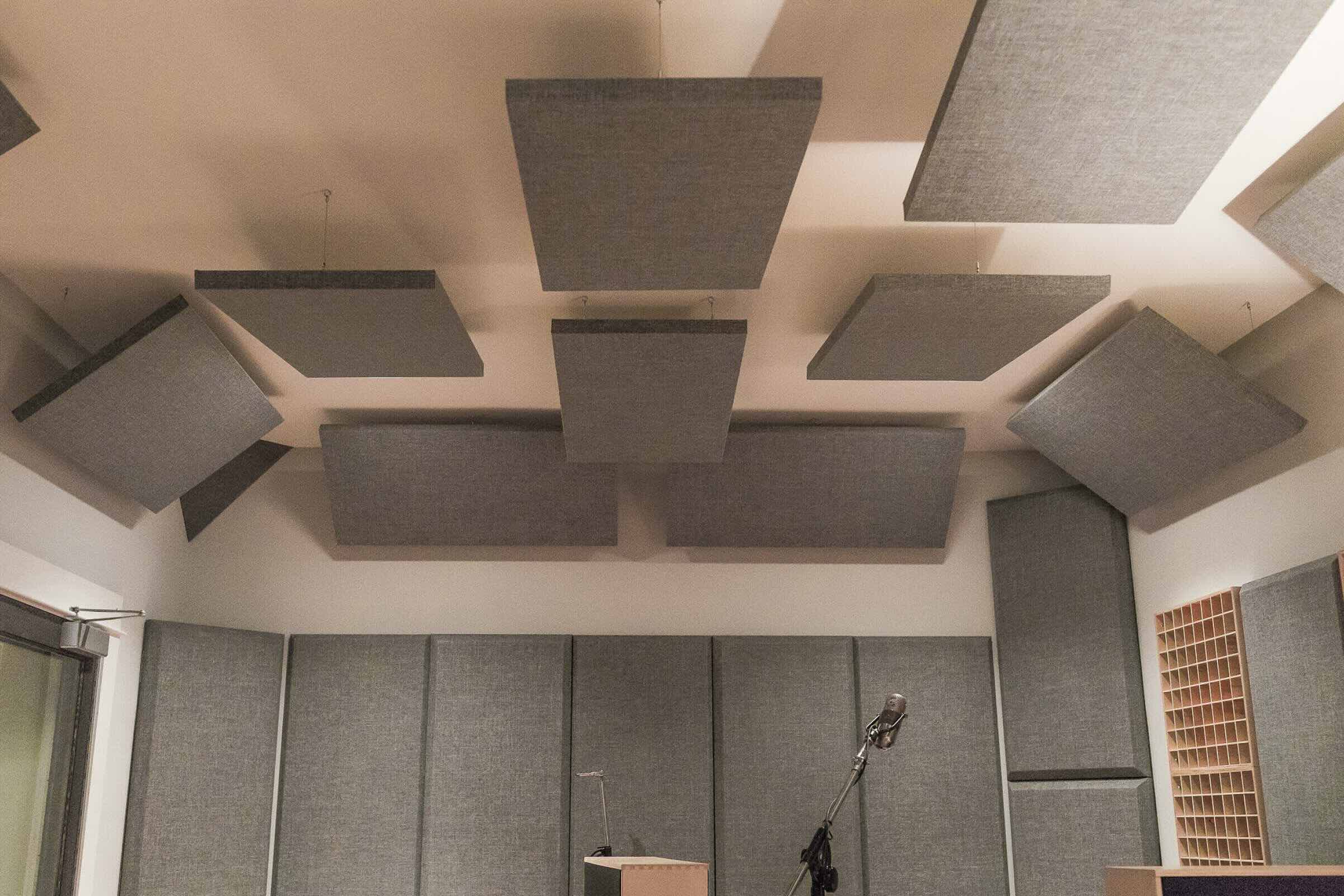
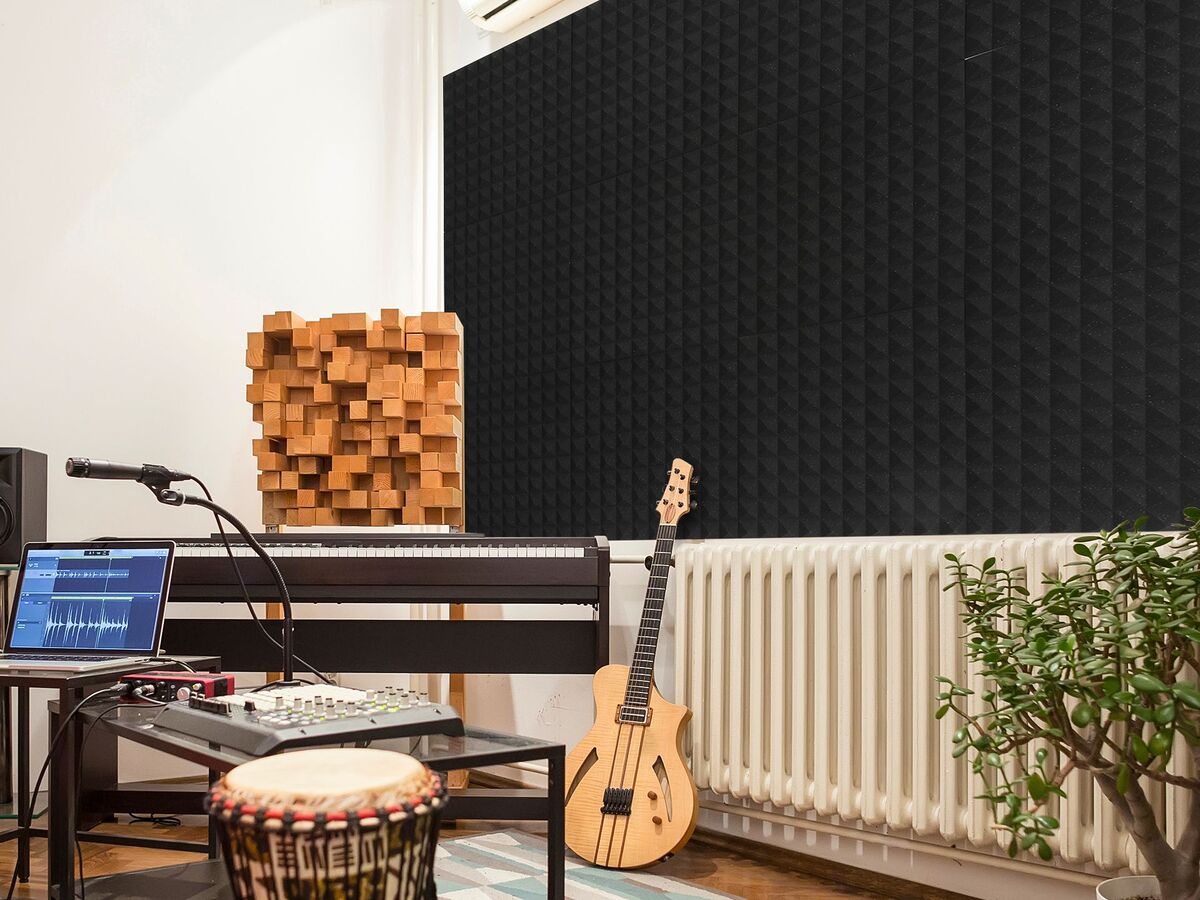
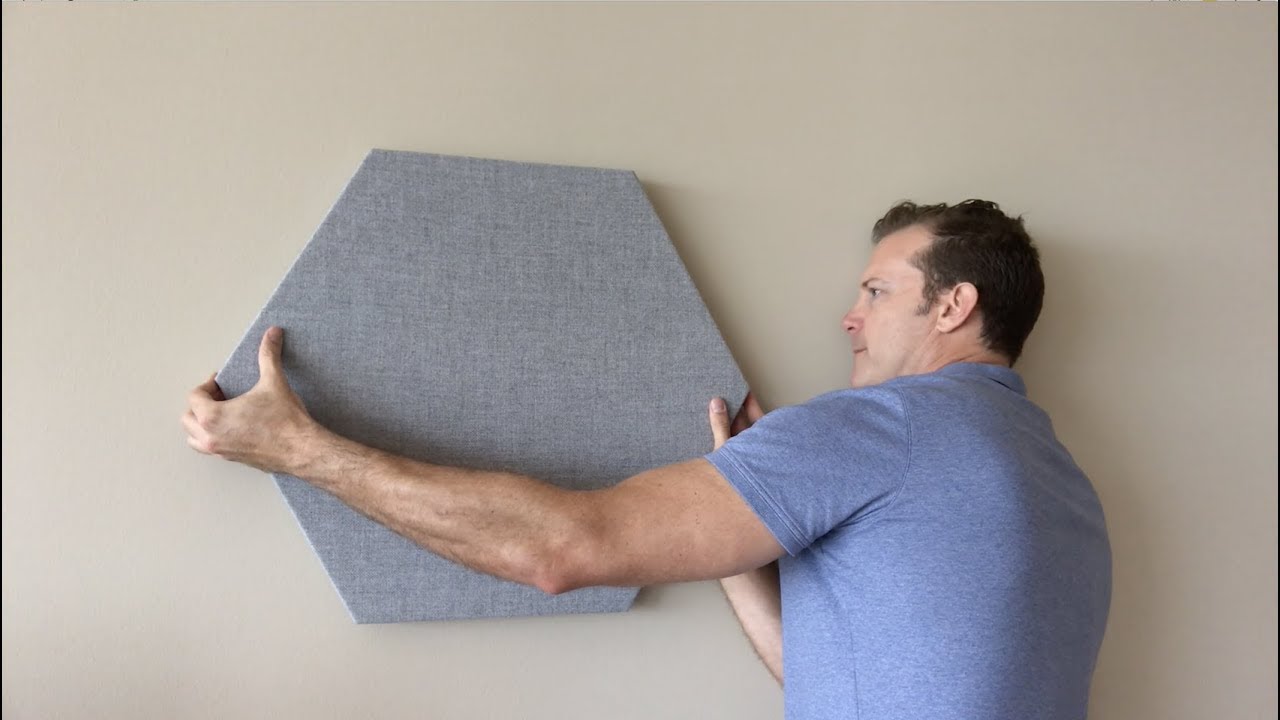
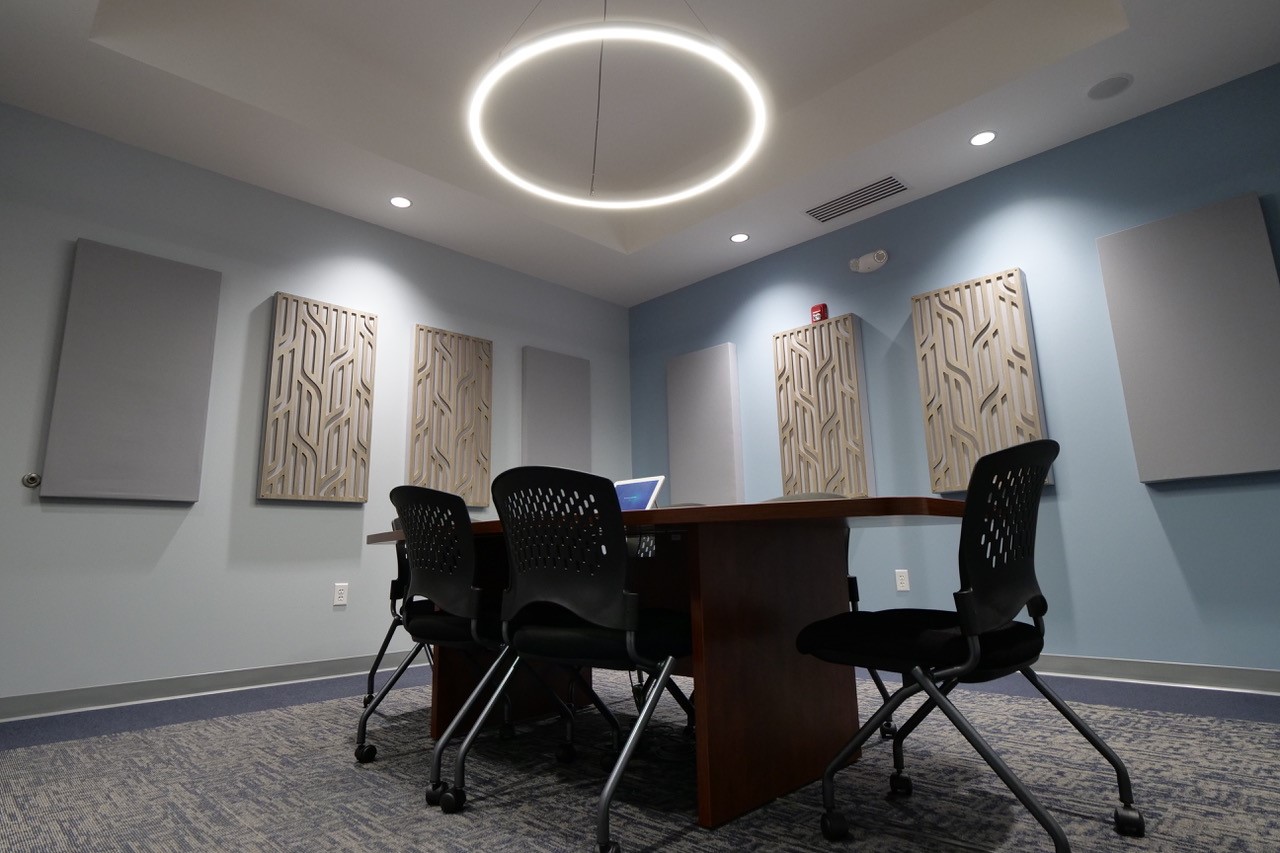
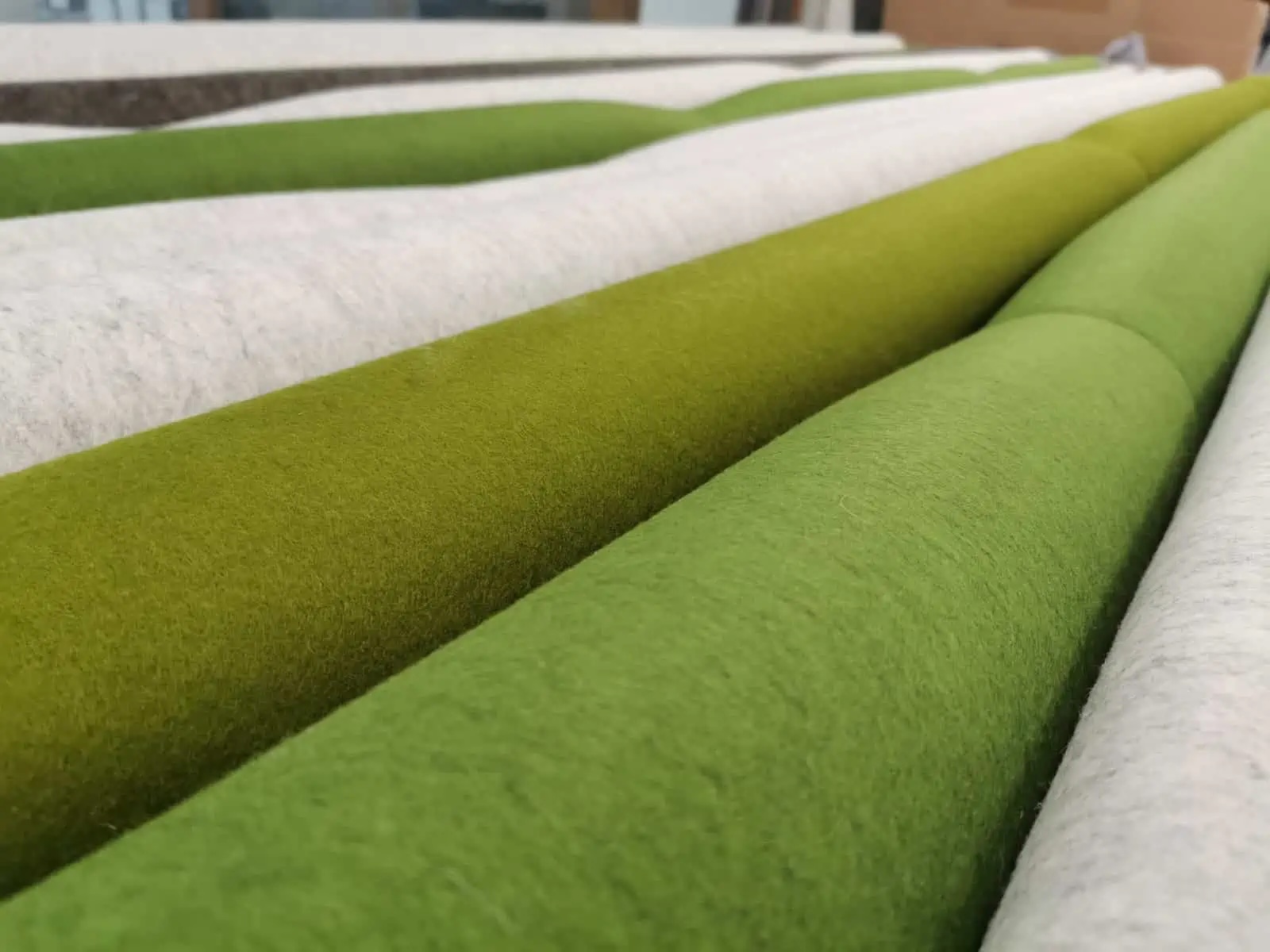
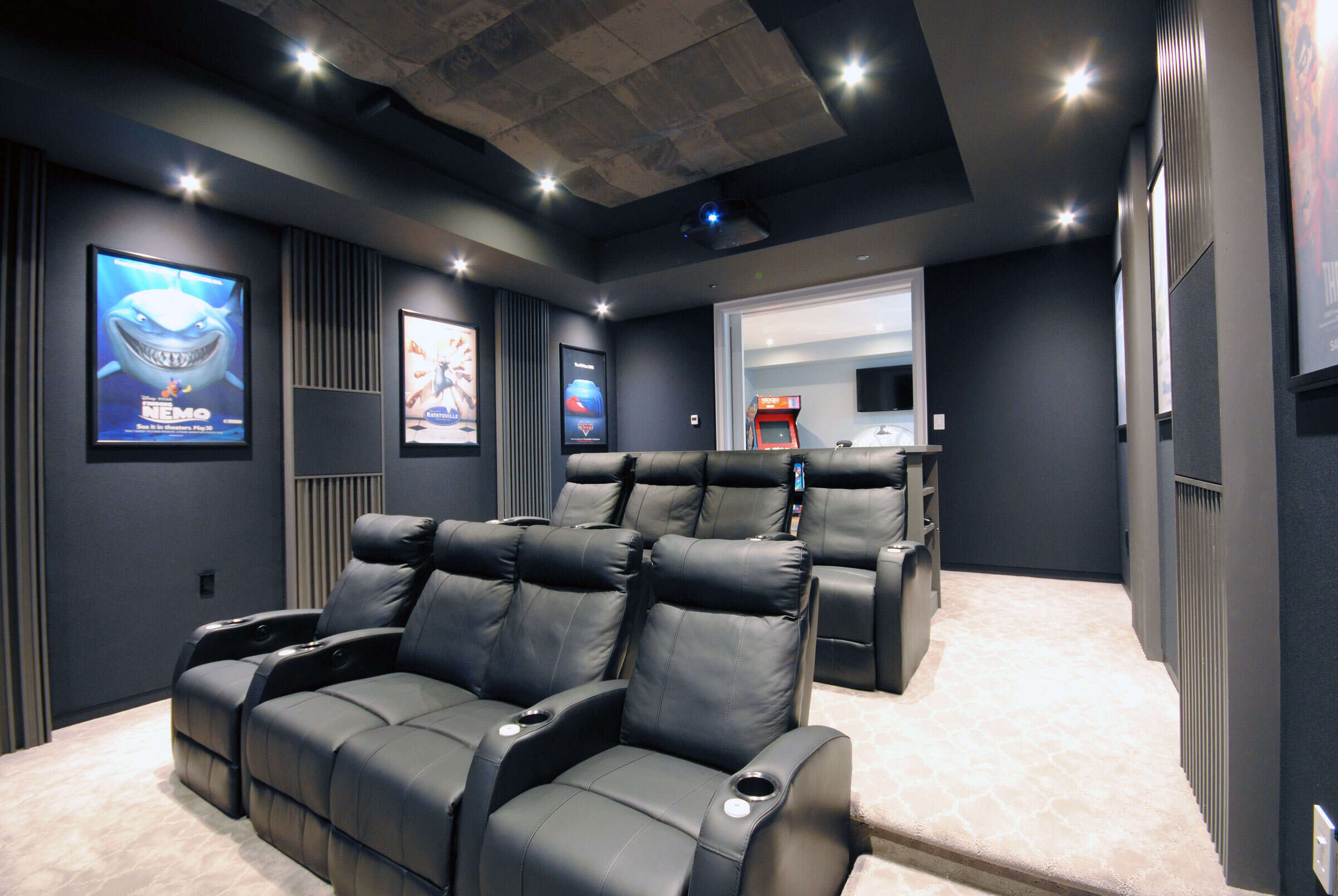
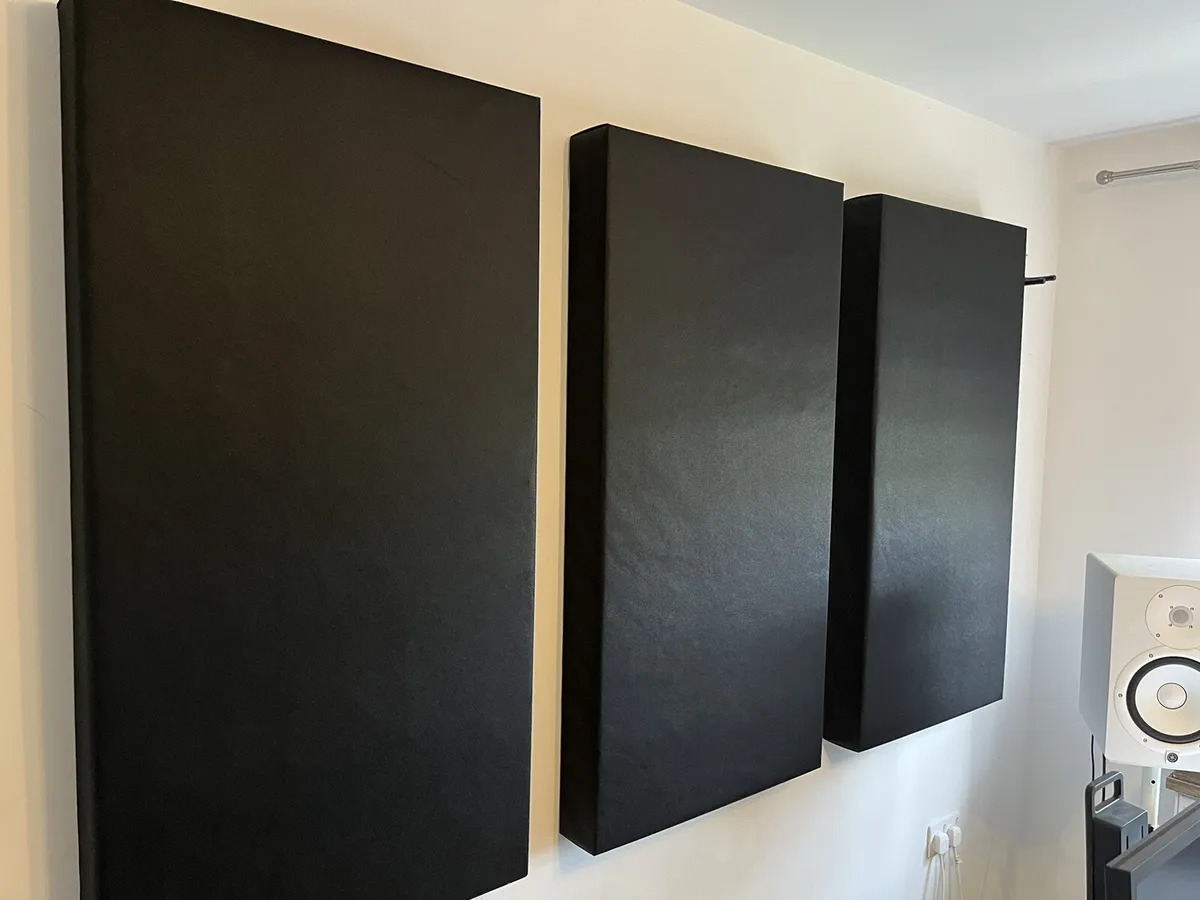

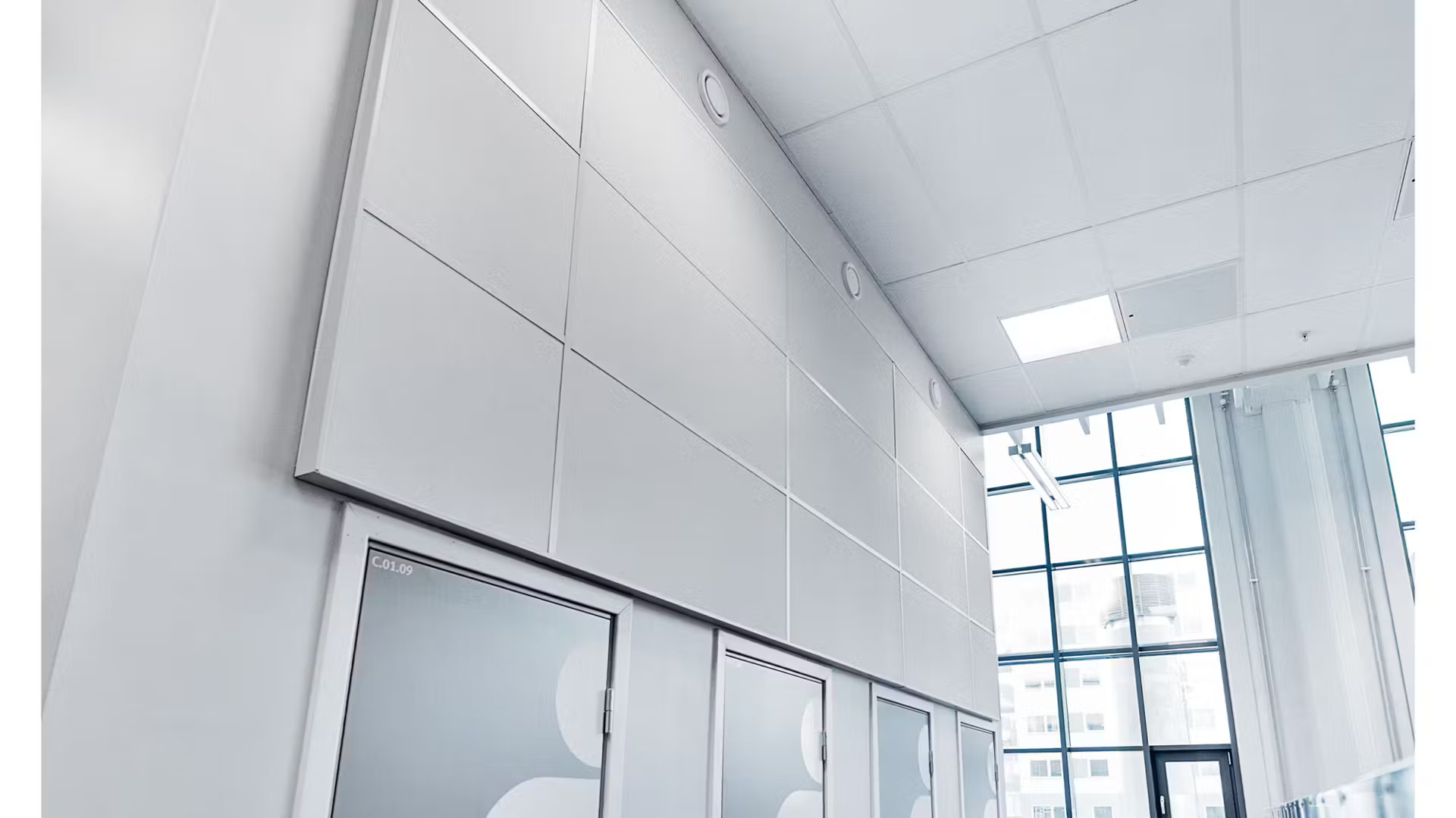
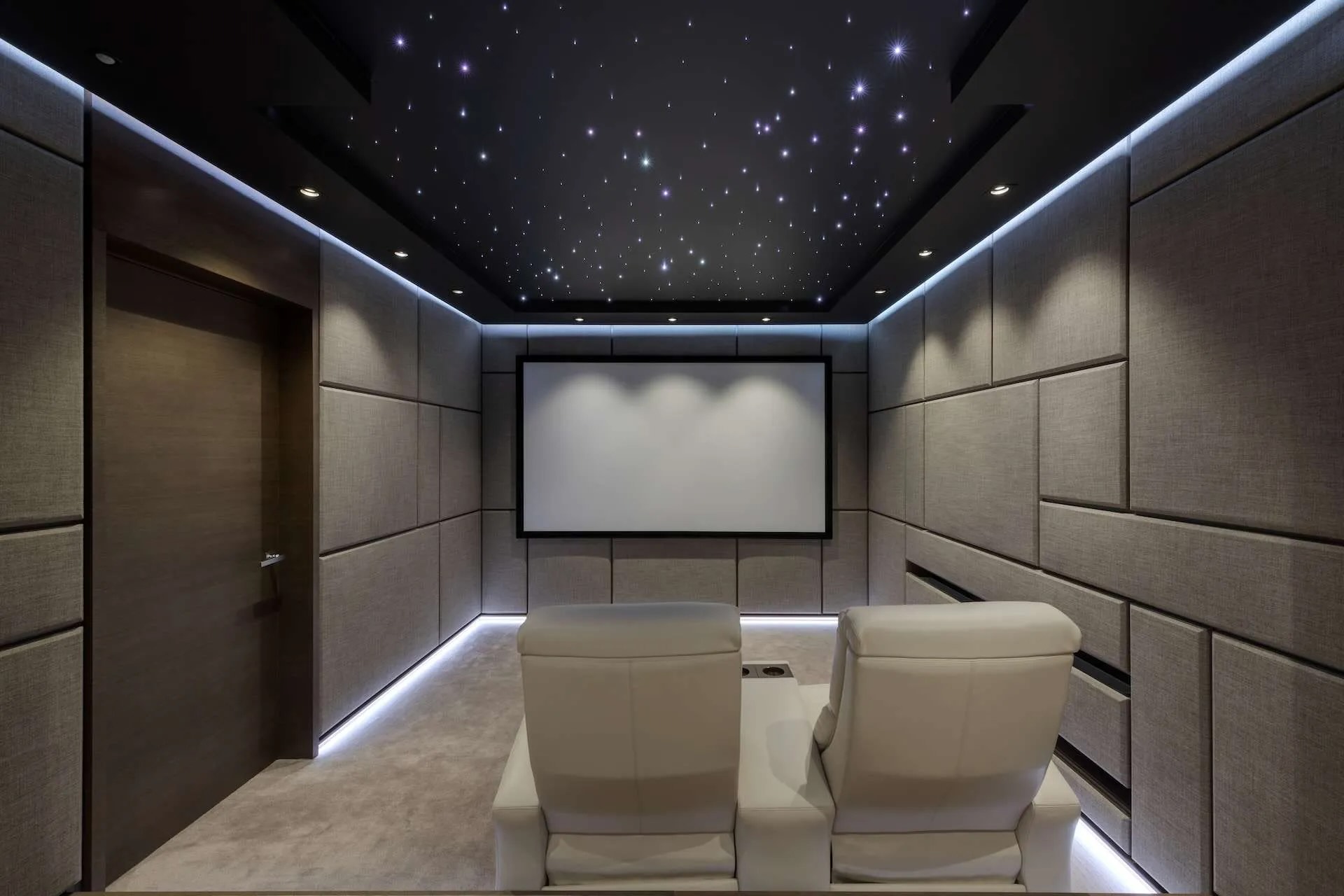

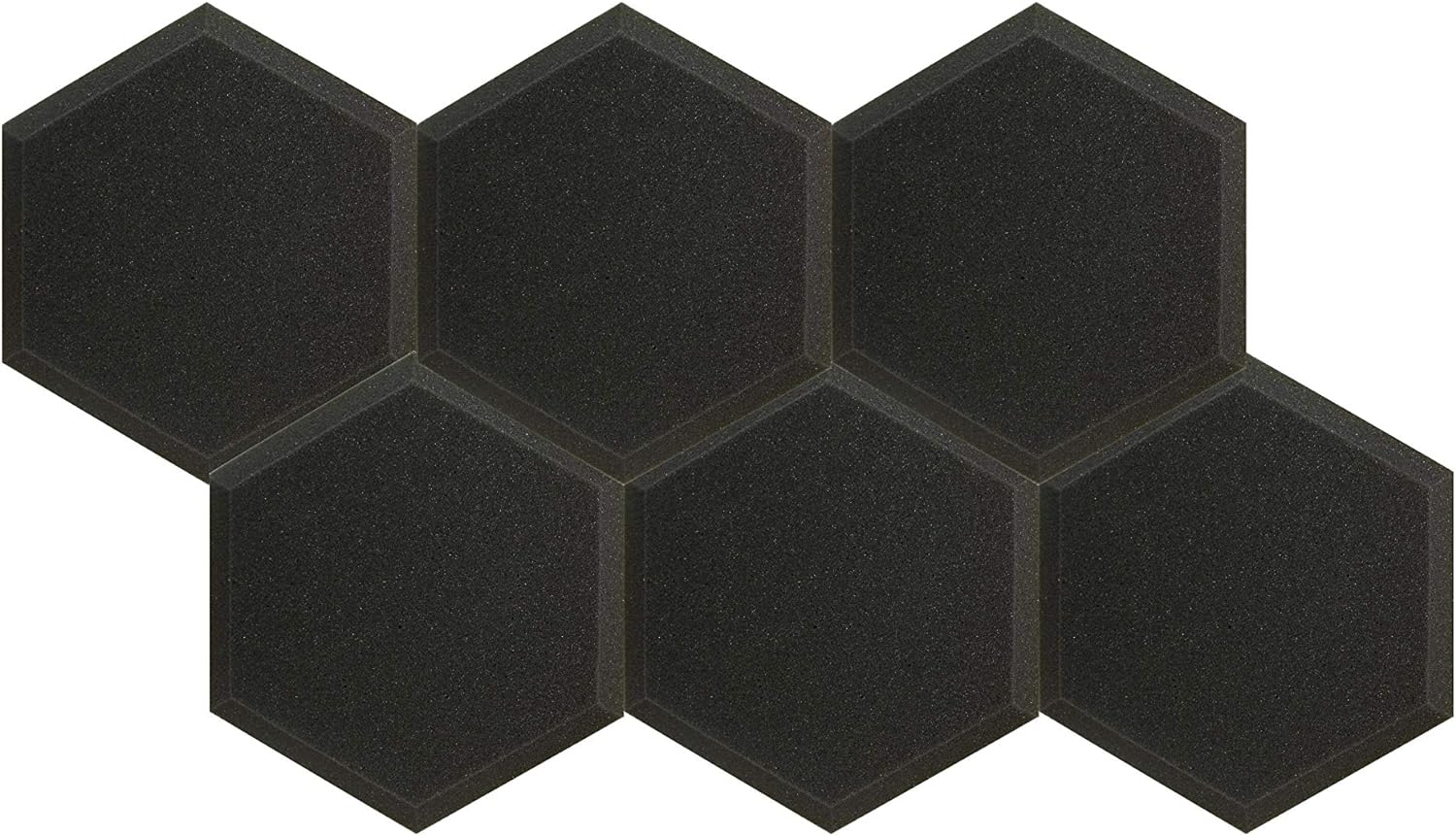
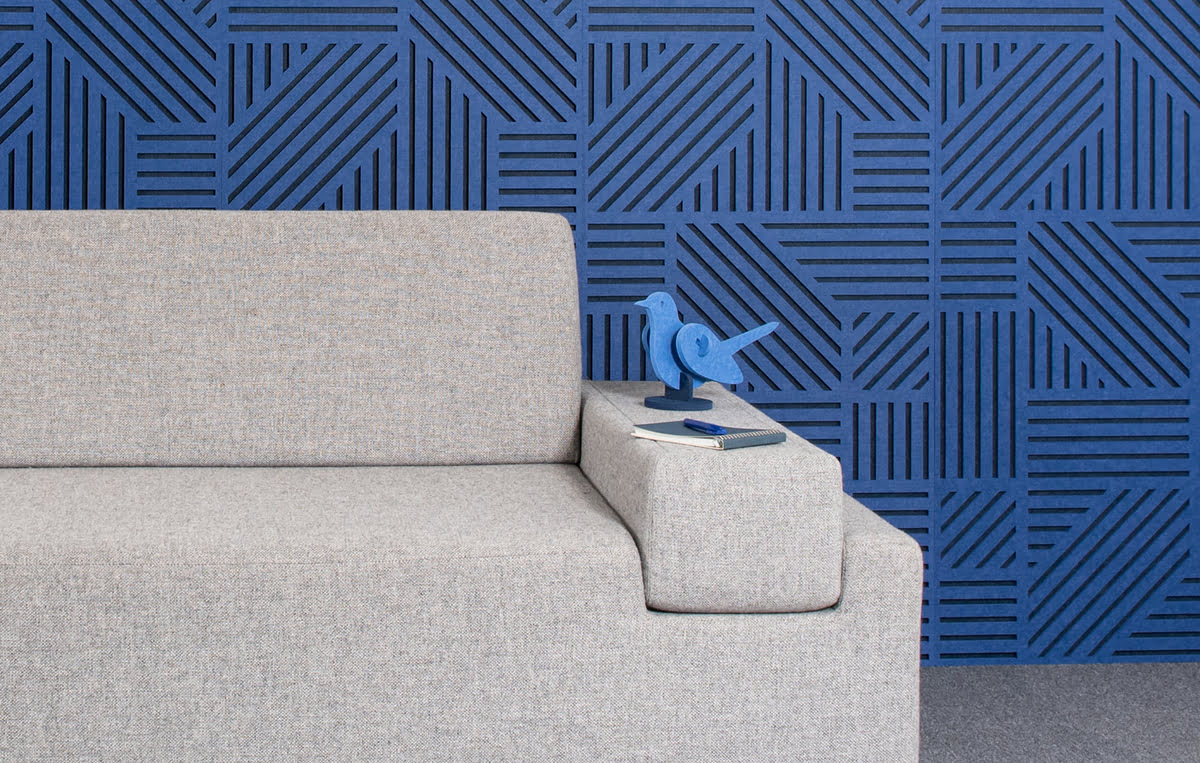

0 thoughts on “How Do Acoustic Panels Work”